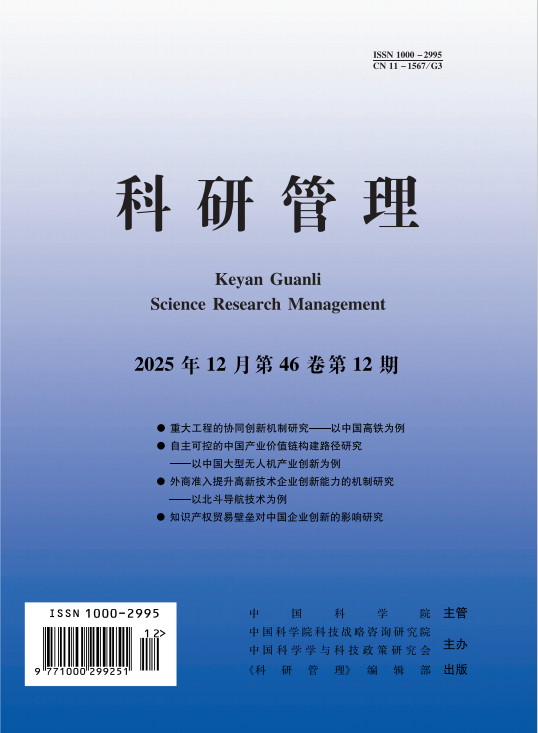The mode of technological innovation in China has entered a critical transitional phase, shifting from imitative innovation to independent innovation, and from a technological follower to a parallel and leading player. In this process of transformation and development, market mechanisms are playing an increasingly important role, gradually becoming the endogenous driving force for high-tech enterprises to achieve technological updates and iterations for independent innovation. This paper took the policy announced on December 27, 2012, which allowed foreign manufacturers to enter the market by publishing the interface control document for the BeiDou Satellite Navigation System′s space signals. Using the panel data from 2000 to 2022 for BeiDou Navigation technology enterprises, a breakpoint regression model was constructed to explore the impact of easing foreign market entry on the innovation levels of high-tech enterprises. The originality of this research lies in its micro-market mechanism analysis approach, which establishes a logical connection between micro-level enterprise behavior and macro-level innovation trends, and provides theoretical justification for the independent innovation model of high-tech enterprises. The empirical results revealed three key findings: (1) Relaxed foreign market access enhances market competition intensity, driving continuous improvements in the innovation capabilities of BeiDou Navigation Technology enterprises.
Meanwhile, the BeiDou Navigation System has achieved global market competitiveness and world-leading status in critical technical domains; (2) Liberalized foreign entry leverages China′s advantages of massive market scale, diverse market demands, and complete industrial systems to promote independent innovation in high-tech sectors; and (3) Relaxed foreign access strengthens the role of the new national system in efficiently allocating innovation resources and accumulating capital, thereby accelerating innovation capacity building in high-tech enterprises.


